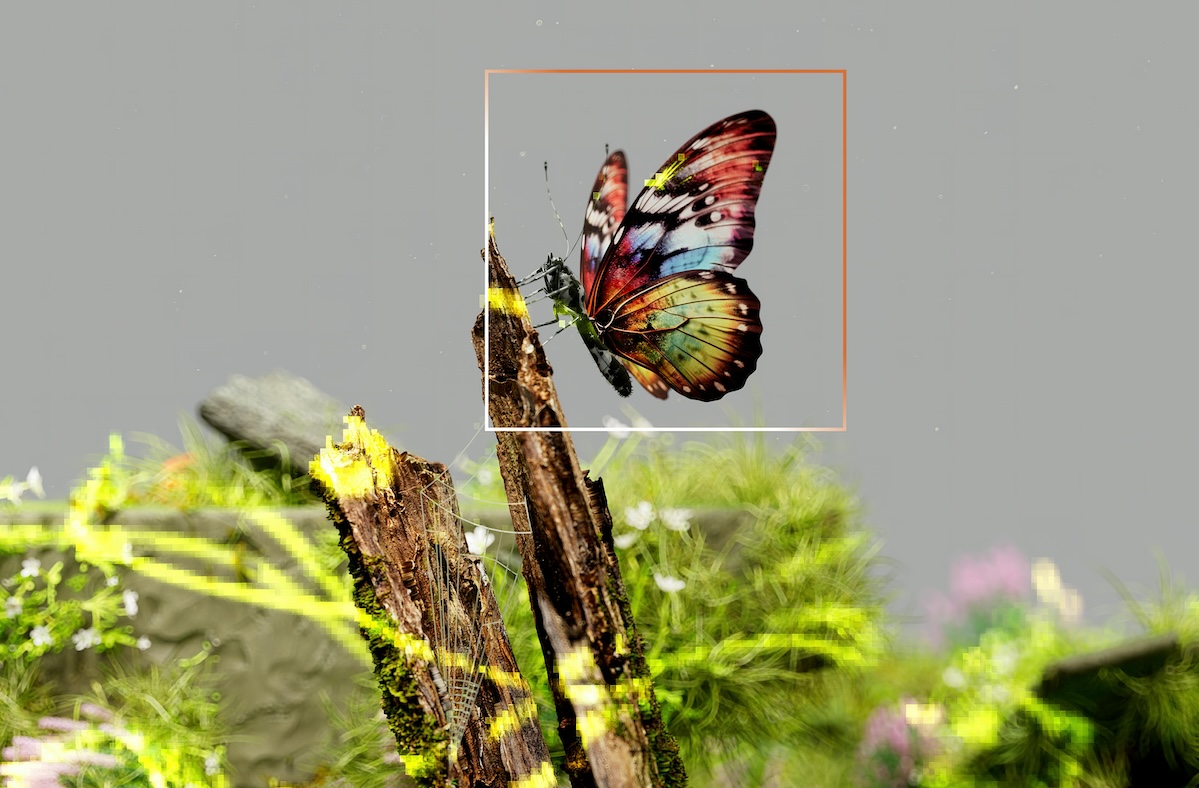Stevenson et al. (2024) investigate the corroboration and contradictions in global biodiversity indicators. This comparison helps us be more confident in our understanding of how well different indicators measure biodiversity:
- A suite of indicators is typically needed to capture the complexity of biodiversity.
- For the suite to be effective, it needs to capture the important aspects of the system, without over-representing some at the expense of others.
By comparing indicators made from different data sources, these authors explore
(i) if there are redundancies or contradictions between indicators;
(ii) if they are reliable (i.e. comparable results means we can be more confident they are accurate);
(iii) potential problems (i.e. unexpected behaviour and potential flaws or incompatibilities in data or construction).
Stevenson et al. (2024) examined the relationships between eight widely adopted global biodiversity indicators. Some are based on land use, whilst others are based on species observations. They found that some indicators did agree with each other, but others did not:
- land use and species-based indicators did not agree with each other in ecoregions with high land use. This may be because indicators were inaccurate, or because of the coarse spatial data and mismatched baselines (i.e. measuring different things).
- indicators sharing input data (e.g., all species-based) agreed.
Stevenson et al. (2024) conclude that more work needs to be done to develop better indicators of biodiversity loss, stating that “indicators selected for the Kunming-Montreal framework need to be systematically reviewed for correlations and recommend that suites of indicators should consider the independence of input data sources to minimise the risk of using correlated or biased measures of conservation progress.”
Further, Leung et al. (2024) discuss the challenges of using current datasets to assess progress towards our global biodiversity goals. We must measure current biodiversity loss trends and estimate future projections under different policy interventions to do so. These authors propose a new framework to analyse the data available by considering the likelihood and severity of biodiversity decline:
- “First (…) we propose a risk framework, considering probability and magnitude of decline (e.g. 20% of systems analysed -taxonomic groups by country from the Living Planet Database- had a 70% chance of strong declines).”
- “Second, we calculated statistical power to detect trend change using ~12,000 populations from 62 systems currently showing strong declines. Current trend uncertainty hinders our ability to assess improvements. Trend change is detectable with high certainty in only 14 systems, even if thousands of populations are sampled, and conservation action reduces net declines to zero immediately, on average.”
- The authors call for more monitoring data to improve the accuracy of trend detection.
The Nature-based Insights team provide insights into biodiversity metrics (single measures, composite metrics, indices), aiming to provide a clear understanding of metrics aligned with the reporting requirements of emerging nature-related assessment and disclosure frameworks.
12 March 2024


